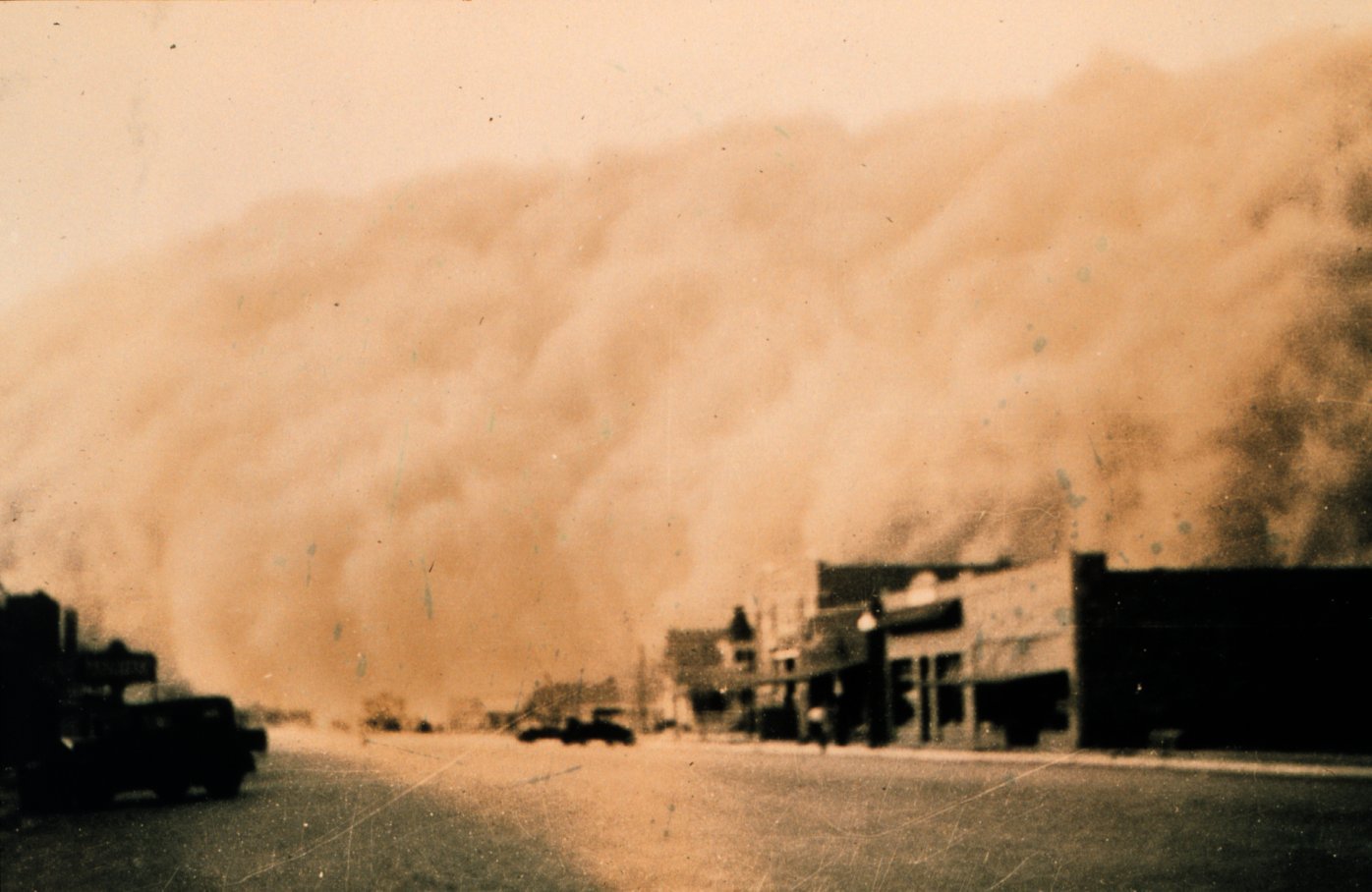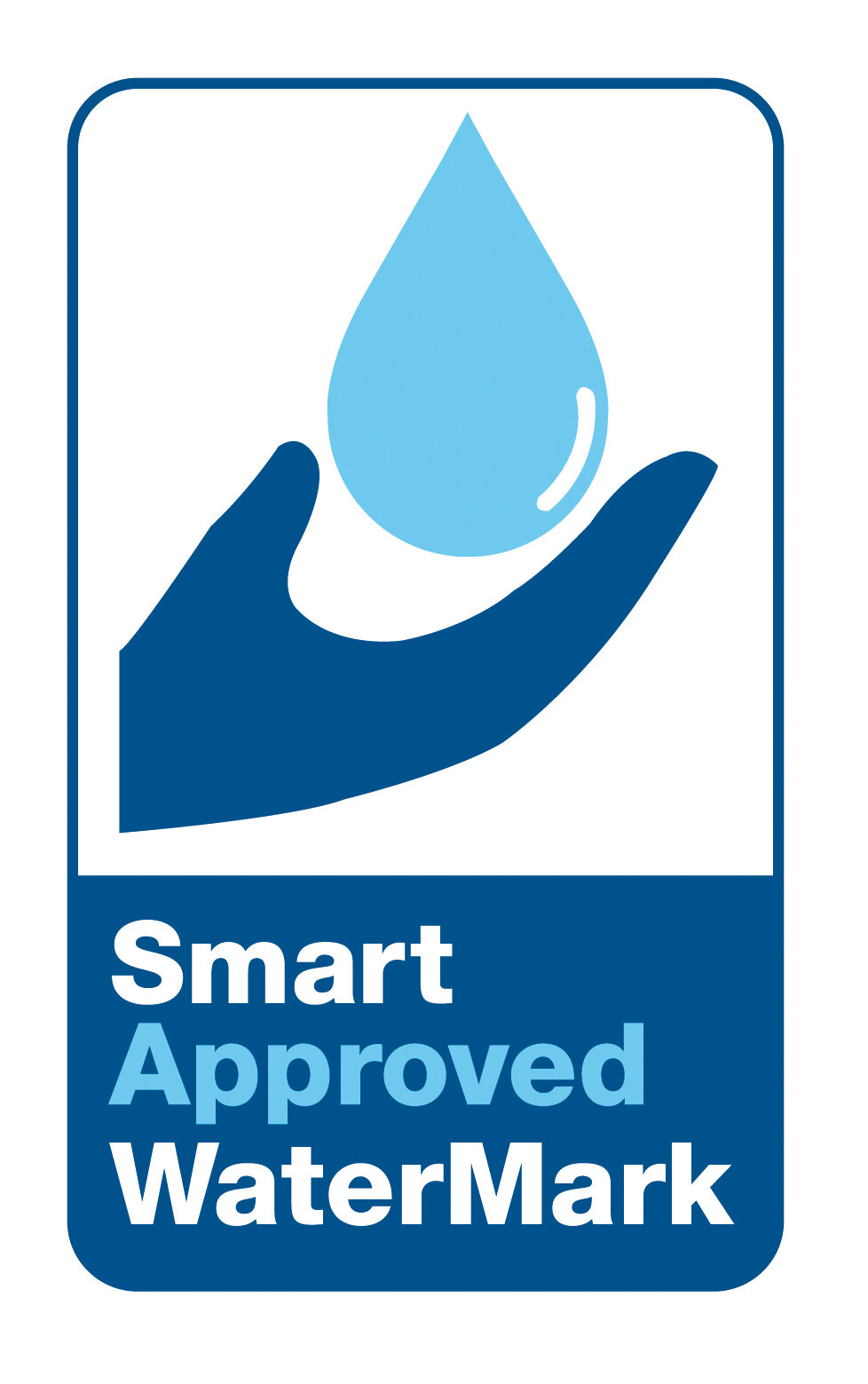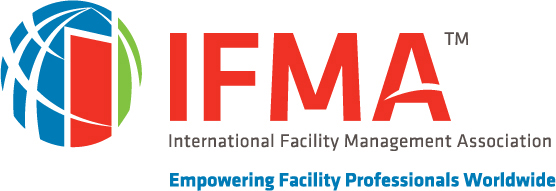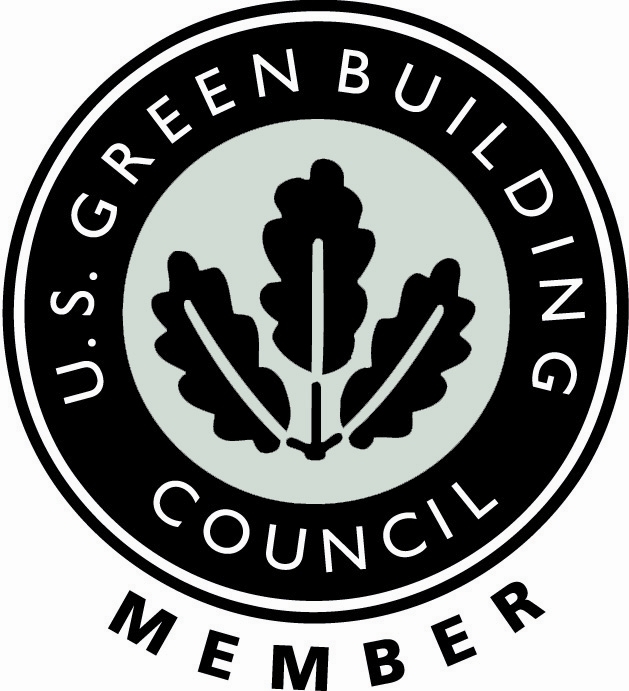Two states that have grown dramatically in population since the beginning of the pandemic are Arizona and New Mexico. But today, an unexpected brake is being applied to this growth. New growth typically means new housing, and in both states, there is not enough water to support all the new housing currently under development or planned.
A perfect example is the Teravalis planned community near Phoenix. Planned by the Howard Hughes Corporation to great fanfare, the blueprint calls for building 100,000 homes and 55 million square feet of commercial space. Three hundred thousand people will live in the development, and 450,000 will work there.
Jay Cross, Hughes corporation’s president, assured local business and political leaders that Teravalis “will provide an exceptional quality of life and opportunities for growth.”
While the development has continued, it is facing an array of new challenges it did not expect when it was initially proposed. For instance, Arizona groundwater — where the state gets most of its water — is falling so fast that thousands of wells around the state are already bone dry.
This lack of groundwater has caused another significant housing development, this one in Pinal County, Arizona, also near Phoenix, to halt construction.
According to the Arizona Department of Water Resources, there is insufficient water to support the development because groundwater pumping has exceeded the supply. Making matters worse, the department is unsure if or when there will be enough water for the development to continue.
New Mexico is in the same boat if we can use that term when discussing such arid conditions. One project, Campbell Ranch, proposed building 4,000 homes, a commercial center, and two golf courses governing 8,000 acres.
However, state engineers said the development would require about 400 million to 500 million gallons of groundwater annually. The water is just not there. “It’s fundamental; [you] can’t build that development without water,” said Kathy Freas, a co-founder of a citizens’ group opposed to the Campbell Ranch plan.
Another development, Santolina, was a 14,000-acre development proposed in 2014. In this case, parts of the development have been under construction.
But construction has slowed as the developer looks for more water and new ways to reduce water consumption if and when the development is ever completed. Still, recent reports that it will need 7.3 billion gallons of water per year to serve its projected 90,000 residents have resulted in highly active public opposition.
So, will these two housing developments in New Mexico ever be completed? The first one, Campbell Ranch, looks dead in the water — if there ever was any water. The developers of Santolina are still looking at their options.
As to Teravalis, Arizona has approved a $1 billion, three-year program to secure water supplies for the entire state. But this is considered a drop in the bucket. “Teravalis will be in the making for 50 years, maybe 70 years, until buildout,” says Greg Vogel, CEO of Land Advisors, a development consultancy. “[That’s when] they’ll have enough water.”
So what’s the answer to these and similar situations around the country? It’s the same thing other states and communities around the world are doing. They are finding ways to use water more efficiently, which is the only way to reduce consumption and the amount of groundwater being pumped out of the earth.
Arizona has been a leader in this movement. For instance, the state requires the installation of waterless urinals, saving millions of gallons of water each year. But even with these steps, the problem both Arizona and New Mexico are facing is that they are growing faster than they have water, and there are few options. These new mega-developments will have to be placed on hold until things are balanced out.
Klaus Reichardt is CEO and founder of Waterless Co, Inc, pioneers in advancing water efficiency. Reichardt founded the company in 1991 with the goal of establishing a new market segment in the plumbing fixture industry with water efficiency in mind. Reichardt is a frequent writer and presenter, discussing water conservation issues. He can be reached at klaus@waterless.com



















